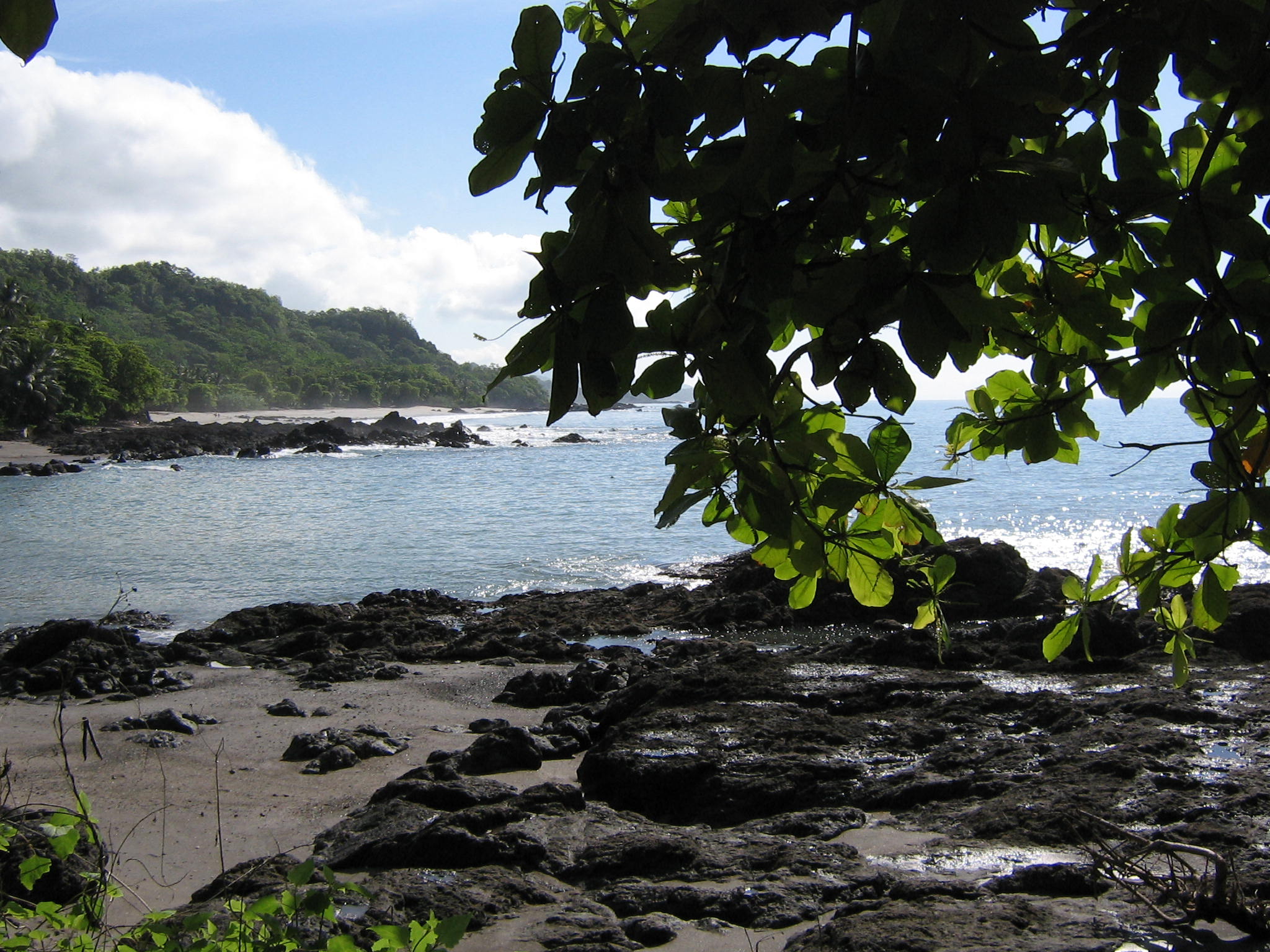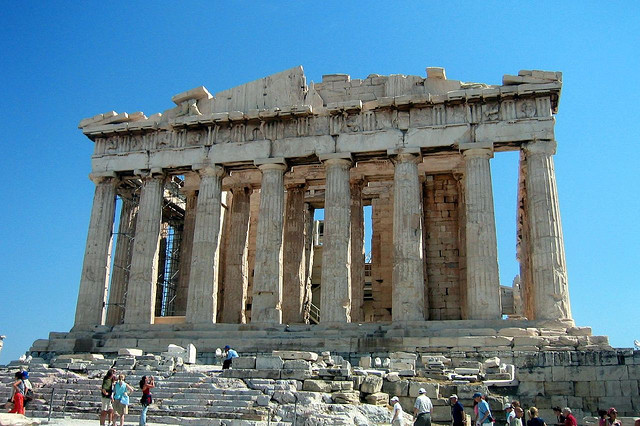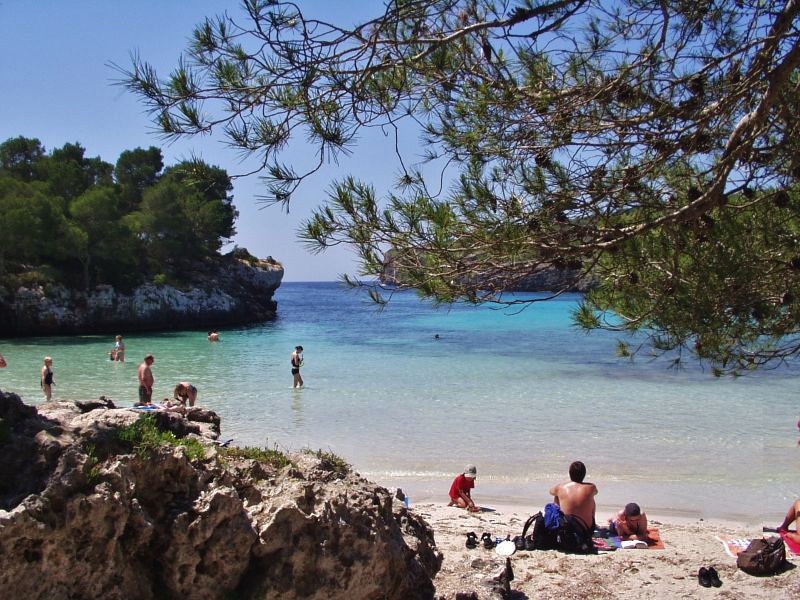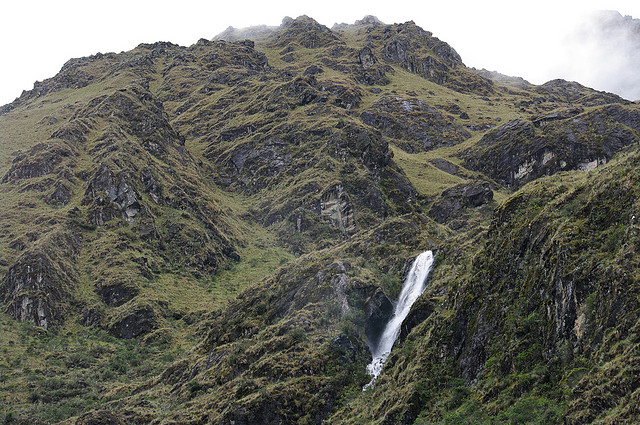Tag Archives: trekking
Heading To Costa Rica? Here Are The Top Things To Do In Montezuma…
If you are wondering what the top things to do in Montezuma are, then you’re in luck. This section is going to discuss in brief detail what expectations you should establish. One the things you must know about this place is that it is a remote fishng village in Costa Rica, so you’ll have to endure a long travel time to get to it.
You don’t have to worry about the expenses though because the fares are affordable. Besides, Montezuma only grew in popularity in the 1980’s because of the affordable vacation opportunities it offers. So you can always count on staying in budget during this portion of your Costa Rican experience.
Now, one of the top things to do in Montezuma is, of course, frolicking on the beach since it is pretty exposed to the ocean. Though some coastlines are polluted because of the presence of settlements, you could head out to the north side of the area and access more pristine beaches. Playa Granda is among them it only takes thirty minutes to reach.
Playa las Manchas is another option that’s only a fifteen minute walk to the south. But it’s smaller than the previously suggested. If you get bored, you could always opt for a challenging hike up to any of theree waterfalls located in Cabo Blanco Nature Reserve, which is one of the region’s best ecotourism attractions.
You could have local guides show you the way to each one but you could also go about it on your own since the trails are pretty distinct. Just be careful on climbing the steep and slippery edges since they could be very dangerous. And just so you know, the surf in this place is also pretty challenging. So surfing fanatics can look forward to adrenalin-pumping rides in the early morning.
To add to the top things to do in Montezuma, you could also pursue some of the courses local practitioners hold regarding healing arts and yoga since it is one of the things the town is also known for. If you are lucky and have booked your trip in May, you should also participate in the annual Costa Rica International Film Festival as it displays a huge chunk of the country’s culture.
Horseback riding is available for those who are interested. And there are restaurants and bars in the area you could visit to sample native cuisines and beverages.
Check Out Some of The Top Reasons to Visit Greece!
Words aren’t enough to describe how beautiful the top reasons to visit Greece truly are. Greece has it all – from ancient ruins and fascinating history, to the breathtaking city of Athens. Of course, don’t forget the countless pristine beaches and islands rich in culture and heritage. You will truly take pleasure in the numerous sights to explore and experience in this beautiful country nestled in the heart of the Mediterranean Sea.
A place like no other
Visiting Greece as a first-timer is really a life-changing experience because you will get to take in a unique place which exudes extraordinary charm and beauty. The country’s tranquil pace of life and marvelous panoramas are simply one of the top reasons to visit Greece that will awe and make you fall in love with the place over and over again. So, just sit-back and expect a journey that will linger in your heart for a lifetime. Trek the matchless terrain in Meteora. Dive into the virgin, still-to-be-delve-into coves. Swim into the globally recognized beaches such as Belgrina, Myrtos and Balos and be revitalized by their refreshing clear blue waters.
Greece is affordable
Greece is one of the most affordable countries in Western Europe (even though it’s located at the southern tip of the Balkan Peninsula). So whether you’re a luxury vacationer, or looking to trace the path of Homer and Plato, there are cheap holidays for the Philosophers, spenders, and of course, the backpackers. Just look into the flight prices/accommodations and you’ll see!
Ideal weather
Owing to the country’s location in southern Europe, Greece’s favorable climate enables all tourists to have fun whatever time of the year they may choose to visit, regardless of the type of activity they may pick to engage in.
Delectable Greek gastronomy
It’s undeniable that one of the top reasons to visit Greece is for its mouth-watering cuisine. Greek food is healthy and the fare well-balance. In fact many diets are based upon the Greek way of eating, including the famous, Mediterranean diet. Dishes here are prepared meticulously and food is a way of life for the Greek people, and they are proud to share their centuries-perfected recipes with visitors.
World renowned capital city
You’re vacation to Greece would be deemed incomplete if you haven’t been to the wonderful city of Athens. Through the years, many tourists have been attracted to experience the capital city of Greece (and chances are you’ll probably fly in here as well). Just in 2005 alone, around 6 million tourists spent their holidays in the city. One of the most famous tourist attractions is Acropolis Hill which houses the Parthenon as well as the Temples of Nike and Erectheion.
These are just a few of the top reasons to visit Greece on your next great escape. You’ll just have to give it a chance to discover the rest! Bon Voyage!
Find seclusion in Menorca
Seclusion in Menorca might sound like something of an oxymoron. After all, everyone knows it’s an immensely popular holiday destination, renowned for its natural beauty, stunning beaches and lively cities. Such is its legendary status among the Balearic islands that thousands of Brits board Monarch Airlines flights destined for Menorca every year.
But if you’re looking for a holiday of seclusion, there’s no need to write off the island just yet. Menorca is significantly calmer than its party-loving fellow Majorca, which has a reputation for wild nights out and packed beaches. You just have to plan your trip around the quieter areas and take certain precautions. Follow our guide below and you’ll find no end of seclusion in Menorca.
Accommodation
First things first – you need to sort out your accommodation. Many hotels will offer you plenty of space and privacy, but if you’re looking to be completely shut off, your best best is a villa. Fewer staff, no other guests – just you and the ones you love. Some of them are located a good hike from the nearest town, so it’s worth deciding whether this will be a positive aspect or an inconvenience.
For those who want a little more company than the beach, Es Grau is an excellent compromise between the totally shut-off and the bustling holiday resorts. It is a little fishing village offering a handful of bars and restaurants, with a huge unspoilt stretch of sand known only to the locals and savvy holidaymakers.
Menorca is also less busy at certain times of the year, and it’s all the more likely you’ll find seclusion during term time or in the winter months. This is definitely something to consider if you’ve not got children.
Attractions
It’s not all waterparks filled with screaming children and sunburnt British families packed like sardines on the beaches. There are plenty of attractions on Menorca that evoke a sense of the secluded.
We’ll start with the beaches as these are one of the island’s top features. Stay away from the ones next to huge hotels and you’ll find what you’re looking for. Cala de Algaiarens is a top one to visit if you’re stuck for ideas – its picturesque cove is rarely inhabited by more than a handful of sun worshippers, and it’s also perfect for snorkelling and exploring underwater caves. However, the beach itself is private property and there is an entrance fee of four euros – something that helps to put off the crowds.
Sticking with Menorca’s natural assets, its rugged landscape is an absolute joy to explore if you enjoy hiking or even a casual walk. Paths are strewn all over the island – perfect for a good-for-the-heart stroll under the afternoon sun.
Although there are tours available, you’ll obviously want to avoid these if you’re aiming for isolation. Start at one of the towns or cities – or even your accommodation – and just use your trusty map and a pair of decent boots.
Those looking for seclusion in Menorca simply need to know where and when to head to one of the most spectacular islands in Spain. By heeding our instructions, you be well on your way to having a relaxing holiday here!
A guide to dressing for the different conditions on the Inca Trail
Although the Inca Trail in Peru isn’t a particularly long trek (typically it takes four days to complete), you’ll experience varied conditions along the route. This means you need to be well prepared for your hike and make sure you pack appropriately.
We’re going to give you a brief rundown of the different weather you’re likely to encounter while on the Inca Trail, as well as make packing recommendations. If you’d like to know more about what you’ll see along the way, check out Walks Worldwide for detailed itineraries.
Weather on the Inca Trail
The main season for trekking the Inca Trail is from April to October, as these are the driest months. It’s still possible to hike during November and December, but these tend to be wetter and also warmer.
Even if you travel between April and October, you shouldn’t expect the rain to hold off – it is not uncommon to encounter wet weather at any time of the year in the Andes, so make sure you’ve got waterproofs in your luggage.
One of the other important things to remember is that temperatures vary widely between the day and night. Once the sun goes down the temperature can drop to below freezing, while during the day it can be warm and humid. This means you need to be prepared for a variety of conditions.
Essential items to pack
No matter where in the world you are trekking, one of the most important things to have is a pair of comfortable, well worn hiking boots. Knowing that your shoes won’t give you blisters or cause you pain when you’re walking for long hours over the course of several days is a godsend.
Of course, it never hurts to take blister plasters in your daypack just in case, but wearing shoes that fit you and that you’ve hiked in before is the most important thing. Thick, good quality walking socks are another item you’ll want to bring. It’s worth taking spare pairs with you in case your feet get wet and you need to change your socks.
Waterproofs are another essential – a poncho that you can throw on quickly if you get caught in an unexpected downpour is a good addition to your daypack, while taking a breathable waterproof coat is also a sensible idea.
In terms of clothes, the key is layers to allow you to effectively regulate your temperature. Peru has some of the most variable weather in South America. Choose garments in a moisture-wicking fabric to wear against your skin and pack thermals for the evenings. Gloves, scarves and hats are other things you should take – you’ll be glad for them when you’re crossing Dead Woman’s Pass, the highest point on the trek.
Mosquito repellent, rehydration salts, hand sanitiser and wet wipes are just a few of the other things you should have with you at all times.
A word about packing
Although you need enough clothes to keep you dry and warm on your trek, remember that it only lasts for four days. You will be limited to taking 8 kg worth of luggage with you, as this prevents the porters from being overloaded.
If you have more gear than this, you can usually leave the things you don’t need at your hotel in Cusco and collect them once you’ve completed the hike. As an extra precaution from the rain, pack your clothes in plastic bags inside your main backpack to help prevent them from becoming damp.








 Welcome to Home Town Travel Guides.com , your source for travel guides written by locals and those who've been there and done that! ~Jeremy
Welcome to Home Town Travel Guides.com , your source for travel guides written by locals and those who've been there and done that! ~Jeremy